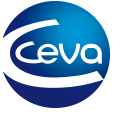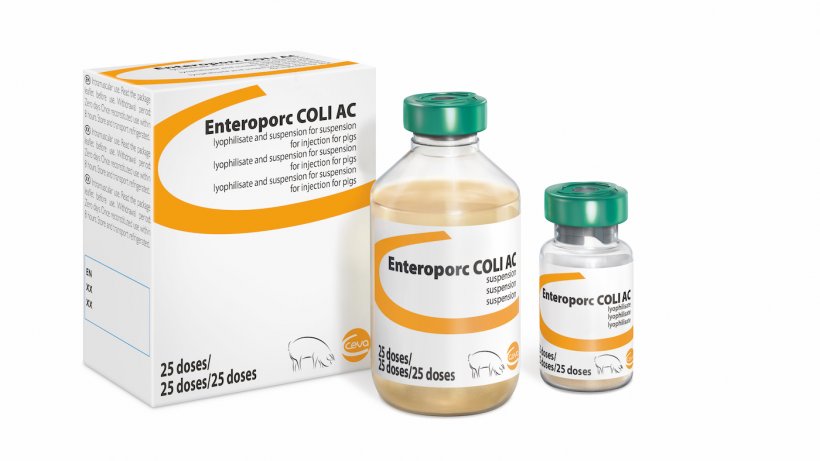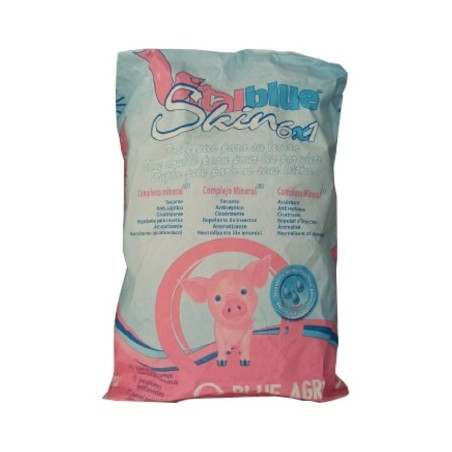
Neonatal diarrhoea (ND) is one of the most common diseases on a pig farm today. In recent years, pig production has intensified, leading to an increase in the number of gilts and sows on farms, very often of hyperprolific breeds. This has contributed to an increase in prevalence of neonatal diarrhoea, resulting in significant economic losses and increased use of antimicrobials in the farrowing house. Estimated costs for herds affected by neonatal diarrhoea with mortality of 10% caused by disease can be as high as 134 Euro per sow per year.

These threats prompted Ceva to develop a vaccine containing 7 antigens against the major pathogens involved in three infectious diseases. The 4 E. coli fimbria antigens induce immunity against E. coli (ETEC) adhering to the intestinal mucosa and producing enterotoxins, which affect the water and electrolyte flux in the small intestine and lead to secretory diarrhoea. Beta 1 toxoid antigen acts against the clinical picture of hemorrhagic necrotic enteritis caused by Clostridium perfringens Type C, which can lead to desastrous losses in newborns. Alpha and beta-2 toxoid antigens induce immunity against Clostridium perfringens type A (CPA), which causes a milder form of diarrhoea, but predispose piglets to other pathogens like Cystoisospora suis. CPA is the most frequent occurring pathogen in newborns and in cases of ND alpha toxin is significantly more often detected together with beta 2 toxin. Beta-2 toxin has been proposed to play a role in porcine clostridial enteritis.
However, the cause of ND is multifactorial, as a variety of pathogens are involved. Therefore, broad coverage by a vaccine is important for pig producers to save time and effort and contribute to animal welfare.
Ceva actively supports the detection of pathogens with diagnostic kits directly in the herd as well as with more in-depth analysis in the laboratory.
Ceva's support also includes recommendations for management measures that ensure the essential intake of colostrum in the first 24 hours after birth, as well as other interventions that secure an optimal suckling period.

March 4, 2022 - Ceva






